7.05.2023
NASA Invites Media to Next SpaceX Resupply Launch to Space Station
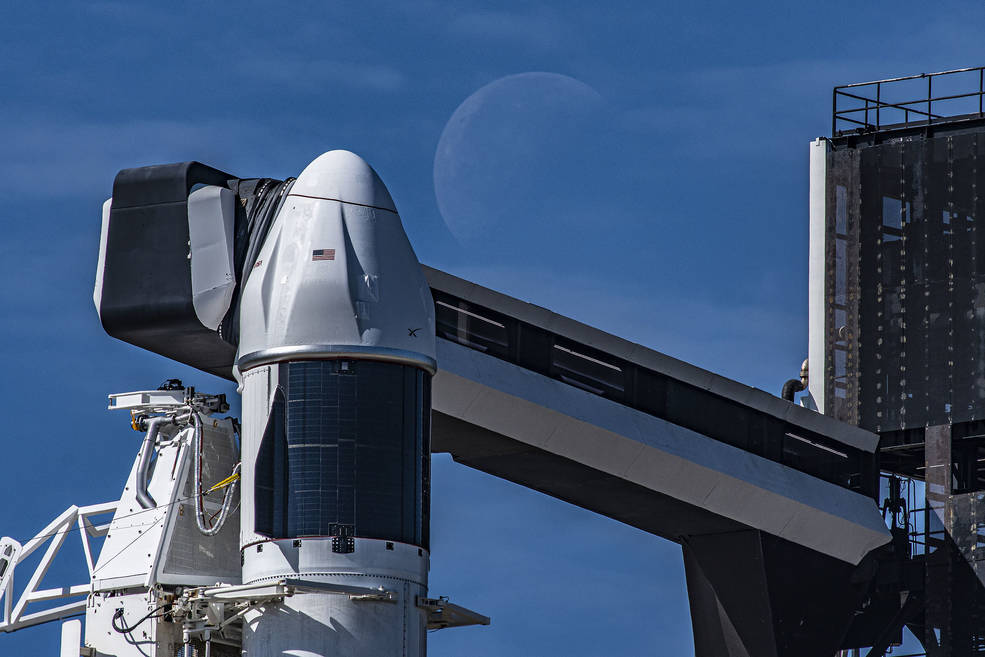
Media accreditation is open for SpaceX’s 28th commercial resupply mission for NASA to the International Space Station. Liftoff of the SpaceX Dragon cargo spacecraft on the company’s Falcon 9 rocket is targeted no earlier than 12:34 p.m. EDT Saturday, June 3, from Launch Complex 39A at NASA’s Kennedy Space Center in Florida.
SpaceX’s Dragon will deliver new science investigations, food, supplies, and equipment for the international crew, including the next pair of IROSAs (International Space Station Roll Out Solar Arrays). These solar panels, which roll out using stored kinetic energy, will expand the energy-production capabilities of the space station. This will be the third set launching in the SpaceX Dragon’s trunk, and once installed, will help provide a 20% to 30% increase in power for space station research and operations.
Media prelaunch and launch activities will take place at Kennedy. Attendance for this launch is open to U.S. citizens. U.S. media must apply by 11:59 p.m. Monday, May 15. Media wishing to take part in person must apply for credentials at:
Credentialed media will receive a confirmation email upon approval. NASA’s media accreditation policy is available online. For questions about accreditation, or to request special logistical needs, please email ksc-media-accreditat@mail.nasa.gov. For other questions, please contact Kennedy’s newsroom at: 321-867-2468.
Para obtener información sobre cobertura en español en el Centro Espacial Kennedy o si desea solicitar entrevistas en español, comuníquesecon Antonia Jaramillo at: antonia.jaramillobotero@nasa.gov or 321-501-8425.
To advance climate monitoring efforts, students from York University in Toronto, Ontario, are providing a camera that will observe snow and ice coverage in northern Canada. Other investigations launching include Genes in Space-10, a student-designed DNA experiment sponsored by ISS National Laboratory, and the next generation of seeds for NASA's Plant Habitat-03, which studies plant adaptation to the space environment.
Cargo resupply by U.S. companies significantly increases NASA's ability to conduct more investigations aboard the orbiting laboratory. Those investigations lead to new technologies, medical treatments, and products that improve life on Earth. Other U.S. government agencies, private industry, and academic and research institutions can also conduct microgravity research through our partnership with the ISS National Laboratory.
Humans have occupied the space station continuously since November 2000. In that time, 266 people and a variety of international and commercial spacecraft have visited the orbital outpost. It remains the springboard to NASA's next great leap in exploration, including future missions to the Moon under Artemis, and ultimately, human exploration of Mars.
Quelle: NASA
----
Update: 27.05.2023
.
NASA to Discuss Science on Next SpaceX Cargo Launch to Space Station
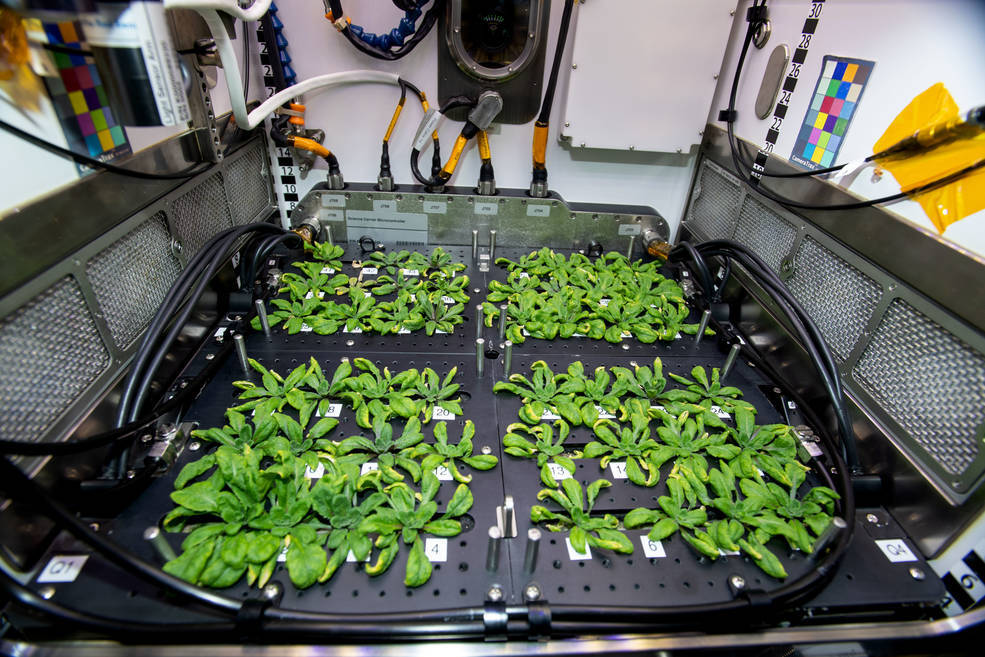
NASA will host a media teleconference at 2 p.m. EDT Tuesday, May 30, to discuss the next science investigations, technology demonstrations, crew supplies, and hardware bound for the International Space Station aboard SpaceX’s 28th commercial resupply services mission for the agency.
Audio of the media call will stream live at:
NASA and SpaceX are targeting launch no earlier than 12:35 p.m. EDT Saturday, June 3. The SpaceX Dragon spacecraft, carried on the company’s Falcon 9 rocket, will lift off from Launch Complex 39A at NASA’s Kennedy Space Center in Florida.
The mission will carry scientific research, crew supplies, and hardware to the space station to support its Expedition 69 crew, including the next pair of IROSAs (International Space Station Roll Out Solar Arrays). Once installed, the solar panels will expand the energy-production capabilities of the space station.
To participate in the teleconference, media must RSVP by 12 p.m. to Lora Bleacher at lora.v.bleacher@nasa.gov. The public can submit questions on social media using #AskNASA.
Kirt Costello, chief scientist for the International Space Station Program at NASA’s Johnson Space Center in Houston, will provide an overview of the research and technology launching aboard the Dragon spacecraft.
Other teleconference participants include:
- Scott Copeland, director for research integration on the space station at Boeing and co-founder for Genes in Space, and Dr. Ally Huang, student mentor and lead research scientist at miniPCR, will represent the Genes in Space-10 investigation
- Dr. Olivier Chanrion, senior scientist in the Department of Astrophysics and Atmospheric Physics at Denmark Technical University, and principal investigator for Thor-Davis
- Tony Pellerin, manager of space science and technology at CSA (Canadian Space Agency), will speak on ESSENCE and Iris, two of the CubeSats sponsored by the International Space Station National Laboratory, and developed by students
- Dr. Anna-Lisa Paul, research professor at the University of Florida, Gainesville, and principal investigator for the Plant Habitat-03investigation
Cargo resupply from U.S. companies ensures a national capability to deliver critical hardware and science research to the space station, significantly increasing the ability of NASA to conduct new investigations at the orbital outpost. Other U.S. government agencies, private industry, and academic and research institutions also can conduct microgravity research through NASA’s partnership with the International Space Station National Laboratory.
Now in its third decade of operations, the space station continues to advance scientific knowledge in Earth, space, physical, and biological sciences for the benefit of people living on our home planet. The station also is the world’s leading laboratory where researchers conduct cutting-edge research and technology development that will enable human and robotic exploration of destinations beyond low Earth orbit, including the Moon and Mars.
Quelle: NASA
----
Update: 1.06.2023
.
NASA Sets Coverage for Next SpaceX Resupply Launch to Space Station
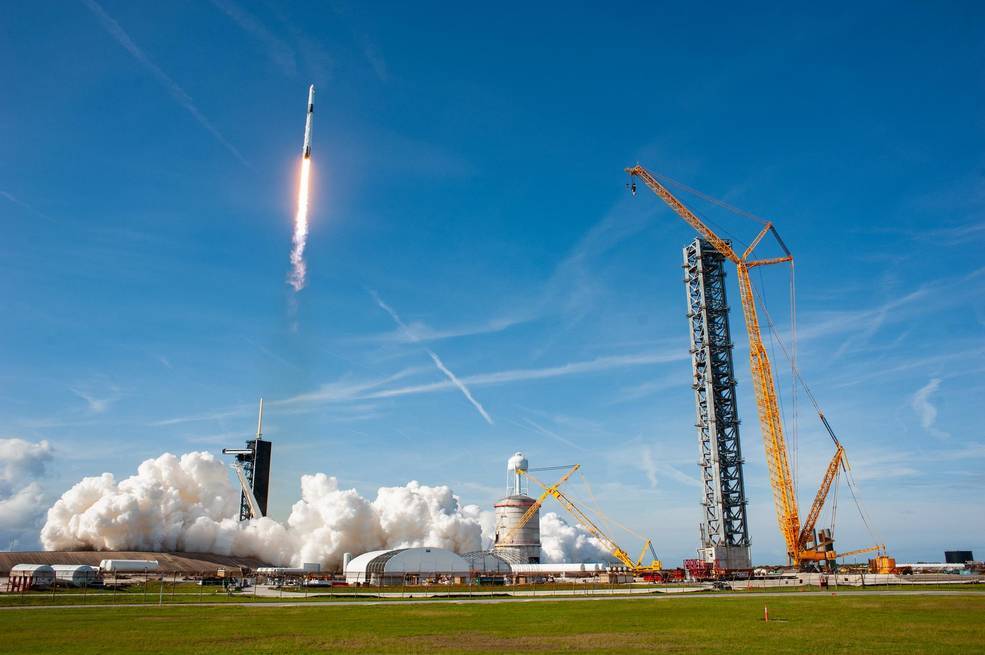
NASA and SpaceX are targeting 12:35 p.m. EDT Saturday, June 3, to launch the company’s 28th commercial resupply services mission to the International Space Station from Launch Complex 39A at the agency’s Kennedy Space Center in Florida.
Live launch coverage will air on NASA Television, the NASA app, and the agency’s website, with prelaunch events starting Friday, June 2. Follow all events at:
SpaceX’s Dragon will deliver new science investigations, food, supplies, and equipment for the international crew, including the next pair of IROSAs (International Space Station Roll Out Solar Arrays). The solar panels, which roll out using stored kinetic energy, will expand the energy-production capabilities of the space station. This will be the fifth and sixth IROSAs launching in a SpaceX Dragon’s trunk. Each new IROSA will produce more than 20 kilowatts of electricity, and once all are installed, will enable a 30% increase in power production over the station’s current arrays.
Arrival at the station is scheduled for 5:36 a.m. Monday, June 5. The SpaceX Dragon spacecraft will dock autonomously to the station’s zenith port of the Harmony module.
The spacecraft is expected to spend about a month attached to the orbiting outpost before it returns to Earth with research and return cargo, splashing down off the coast of Florida.
The deadline has passed for media accreditation for in-person coverage of this launch. The agency’s media accreditation policy is available online. More information about media accreditation is available by emailing: ksc-media-accreditat@mail.nasa.gov.
Full coverage of this mission is as follows (all times Eastern).
Friday, June 2
4 p.m. – Prelaunch media teleconference (no earlier than one hour after completion of the Launch Readiness Review) with the following participants:
- Phil Dempsey, transportation integration manager, International Space Station Program
- Dr. Kirt Costello, chief scientist, International Space Station Program Research Office
- Sarah Walker, director, Dragon mission management, SpaceX
- Arlena Moses, launch weather officer, Cape Canaveral Space Force Station’s 45th Weather Squadron
Media may ask questions during the media teleconference by phone only, and should request access by email from ksc-newsroom@mail.nasa.gov no later than 2 p.m. Friday, June 2.
Saturday, June 3
12:15 p.m. – NASA TV launch commentary begin
12:35 p.m. – Launch
Monday, June 5
4 a.m. – NASA TV coverage begins for Dragon docking to the space station
Approximately 5:36 a.m. – Docking to Harmony zenith port
Coverage is subject to change based on real-time operational activities. Follow the International Space Station blog for updates.
NASA TV launch coverage
Live coverage of the launch on NASA TV will begin at 12:15 p.m. Saturday, June 3. For downlink information, schedules, and links to streaming video, visit: https://www.nasa.gov/nasatv
Audio only of the news conferences and launch coverage will be carried on the NASA “V” circuits, which may be accessed by dialing 321-867-1220, -1240, or -7135. On launch day, the full mission broadcast can be heard on -1220 and -1240, while the countdown net only can be heard on -7135 beginning approximately one hour before the mission broadcast begins.
On launch day, a “tech feed” of the launch without NASA TV commentary will be carried on the NASA TV media channel.
NASA website launch coverage
Launch day coverage of the mission will be available on the NASA website. Coverage will include live streaming and blog updates beginning no earlier than 12:15 p.m. Saturday, June 3, as the countdown milestones occur. On-demand streaming video and photos of the launch will be available shortly after liftoff. For questions about countdown coverage, contact the Kennedy newsroom at 321-867-2468. Follow countdown coverage on our launch blog for updates.
Attend launch virtually
Members of the public can register to attend this launch virtually. Registrants will receive mission updates and activities by email. NASA’s virtual guest program for this mission also includes curated launch resources, notifications about related opportunities, and a virtual guest passport stamp following a successful launch.
Quelle: NASA
----
Update: 5.06.2023
.
Start von SpaceX CRS-28 Cargo Dragon Mission
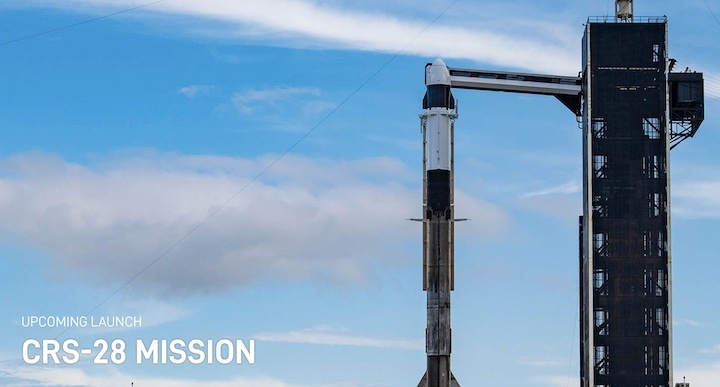
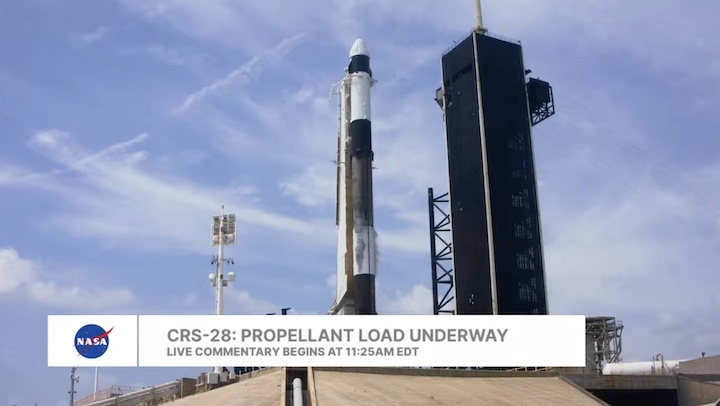
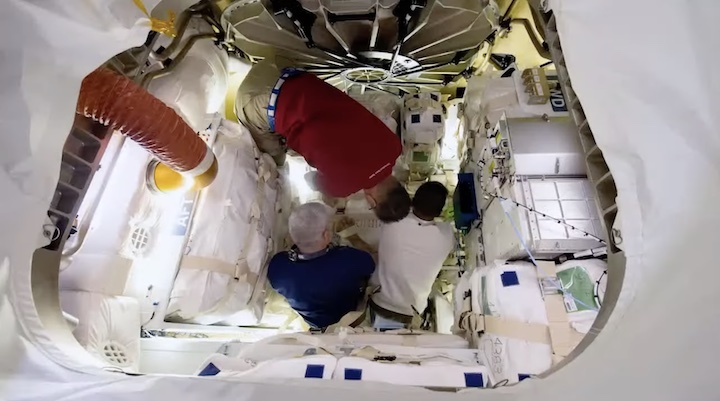
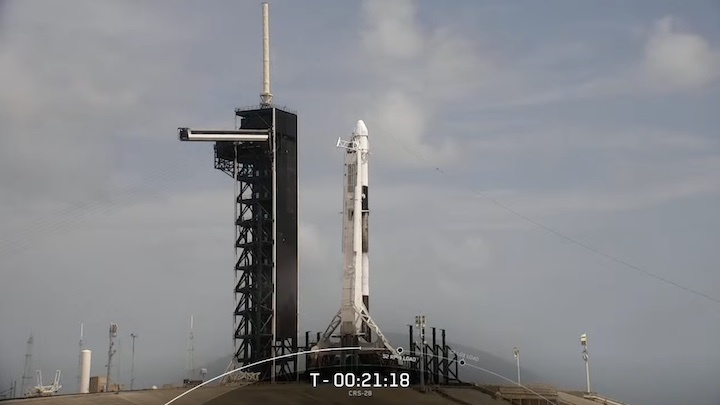
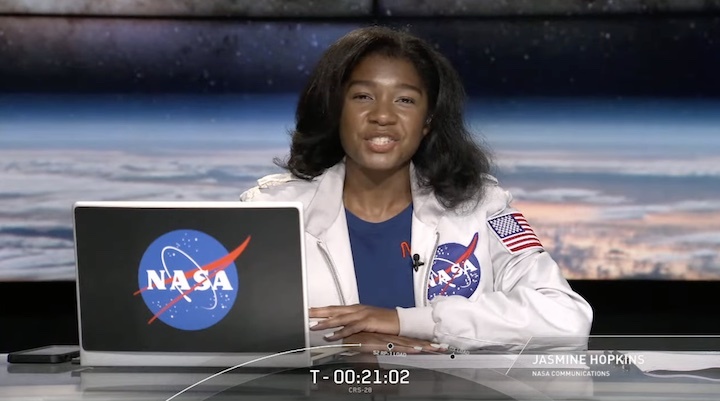
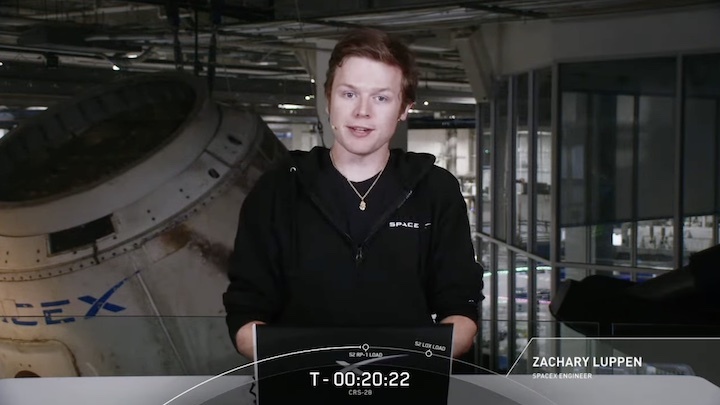
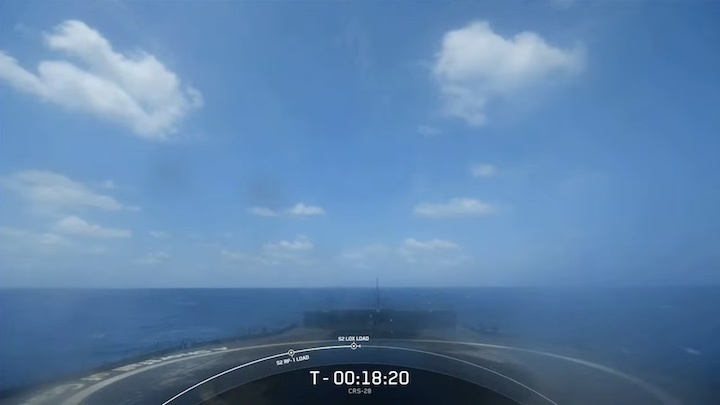
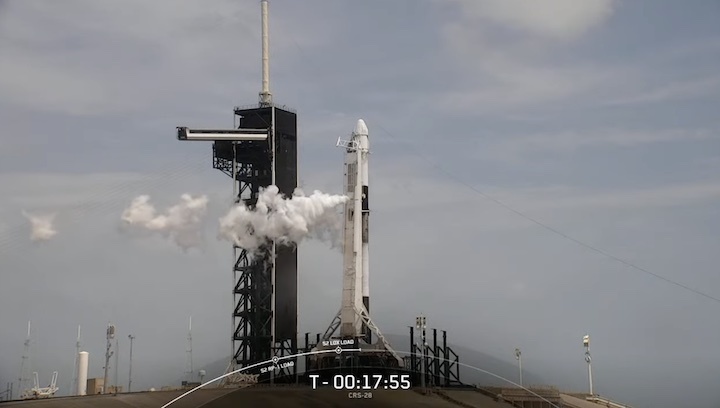
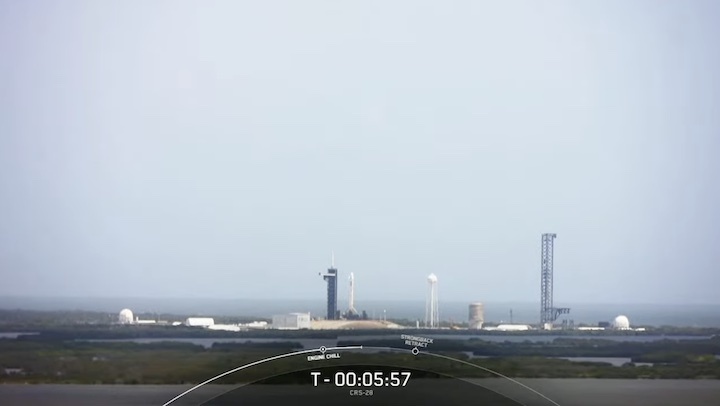
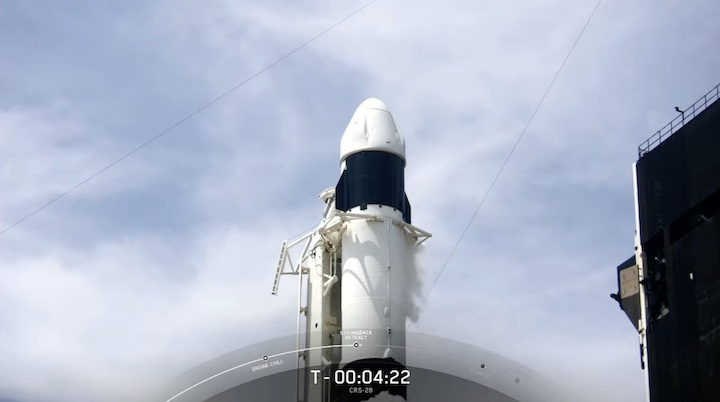
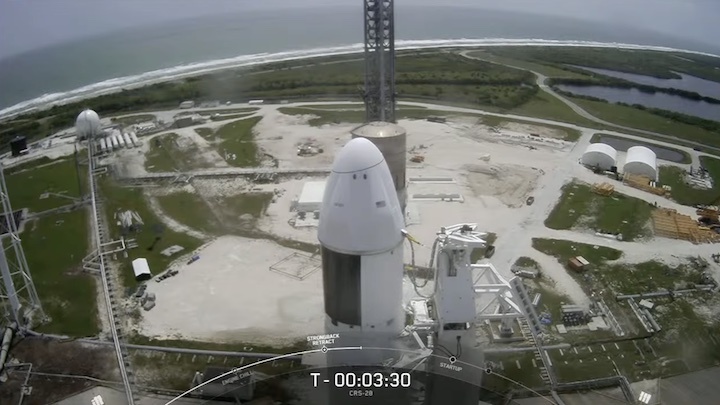
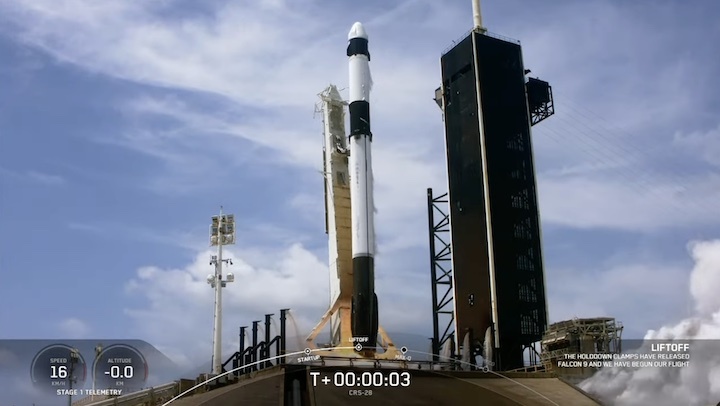
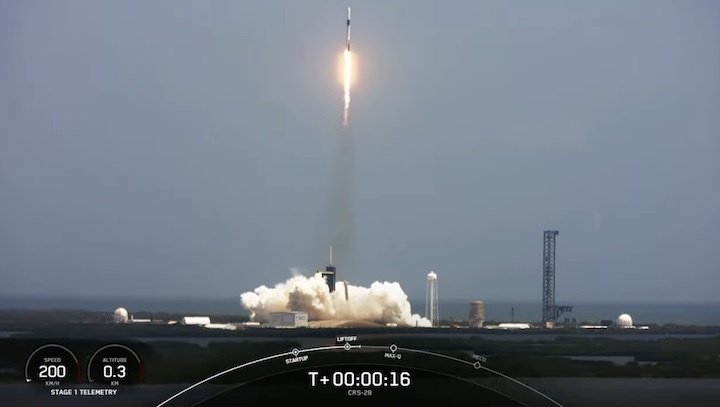
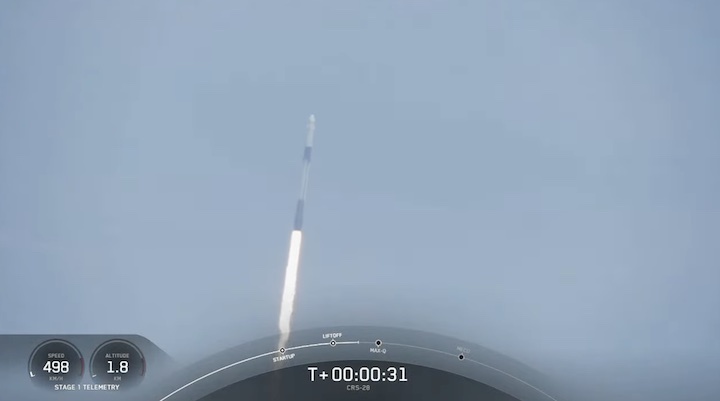
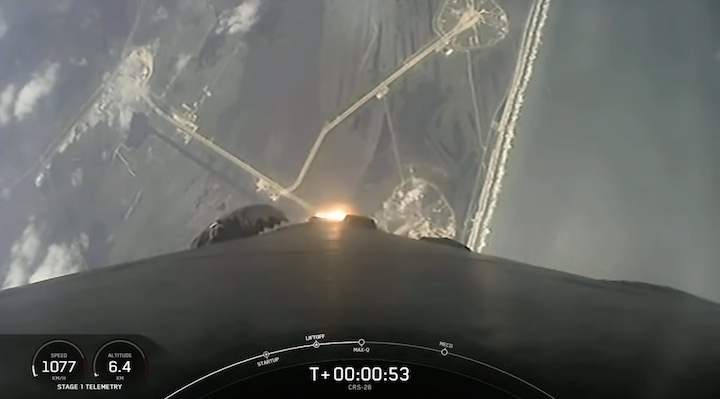
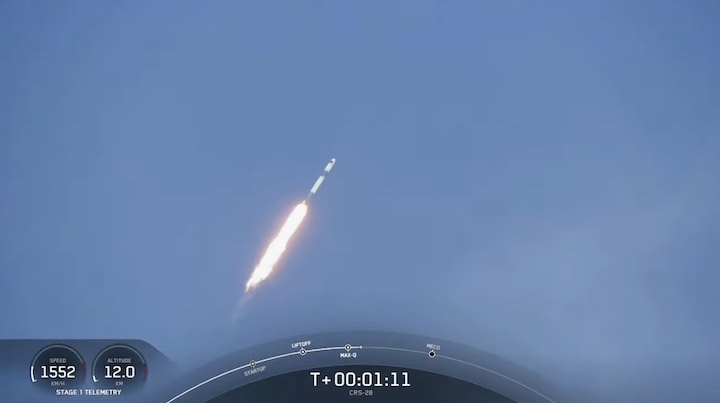
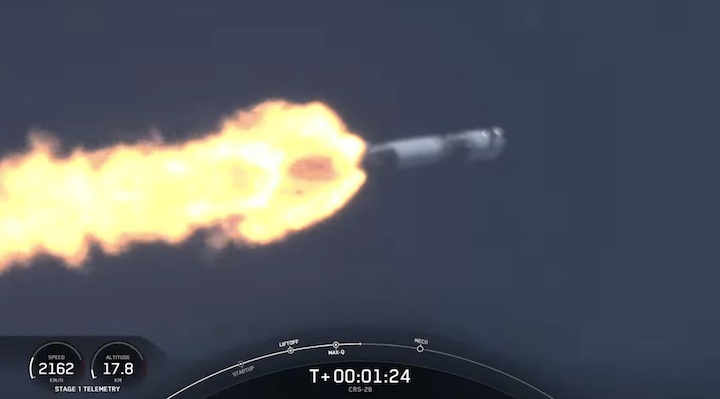
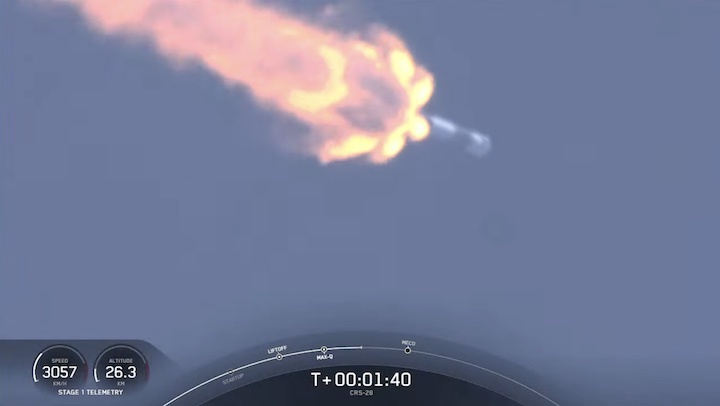
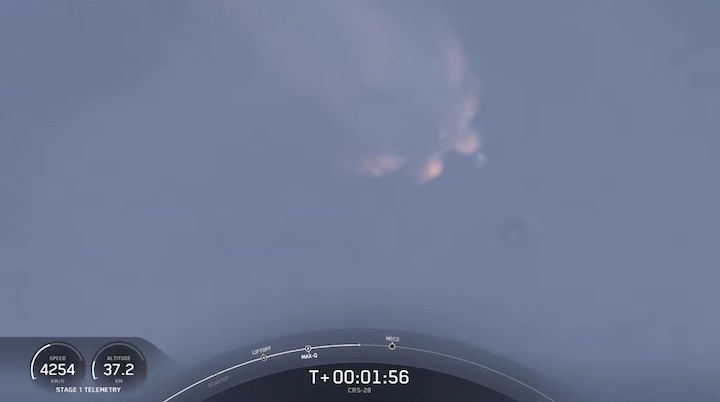
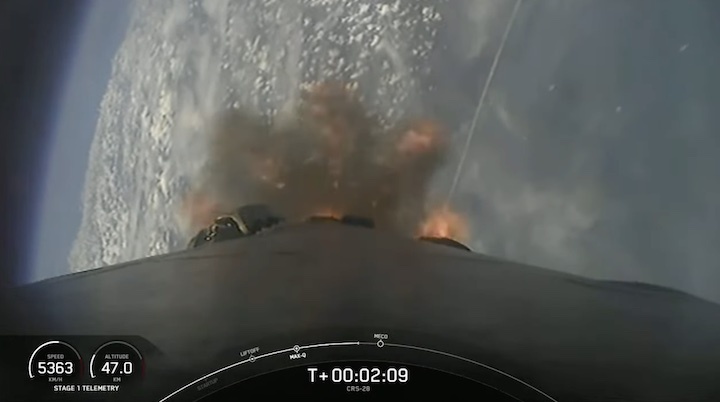
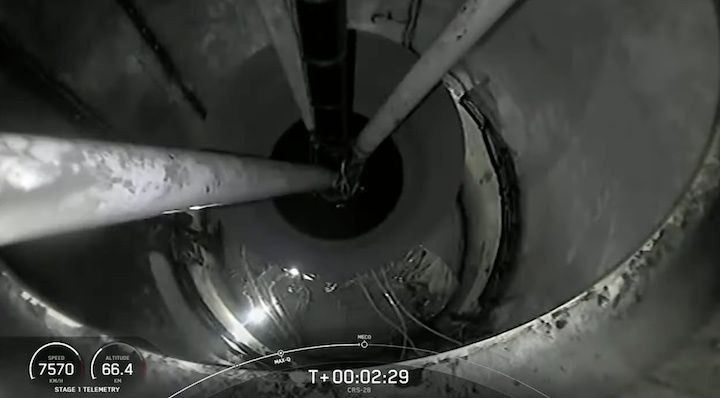
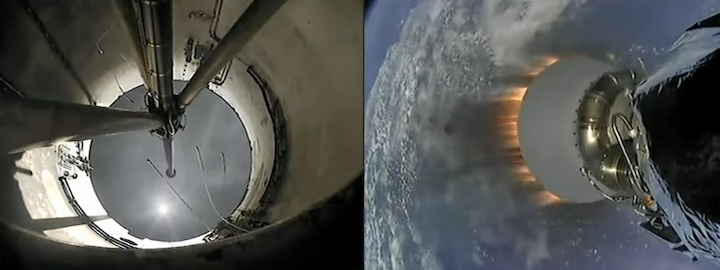
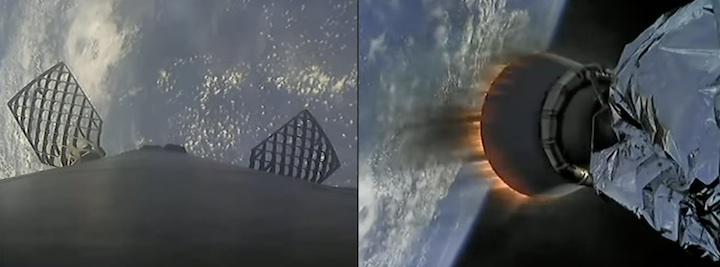
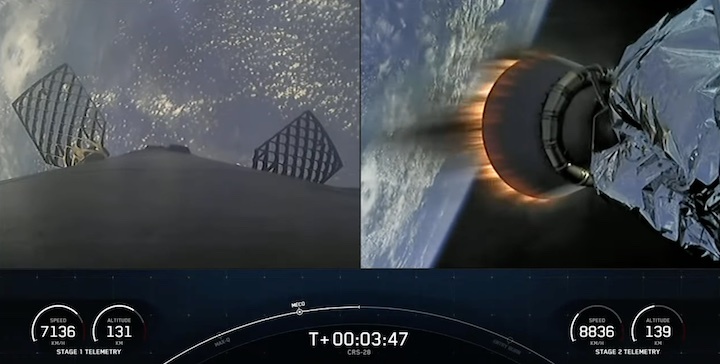
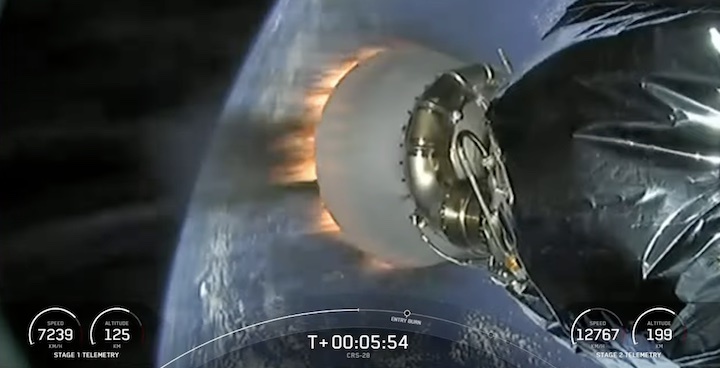
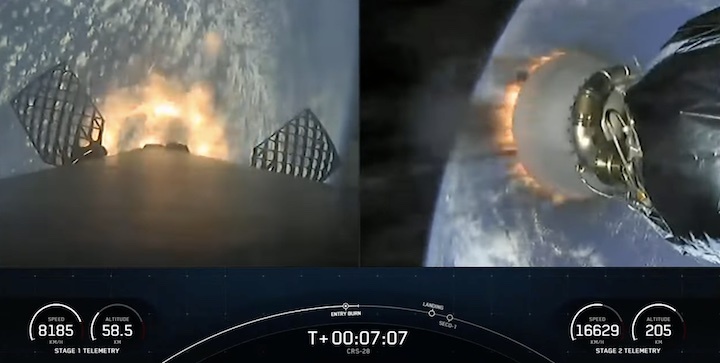
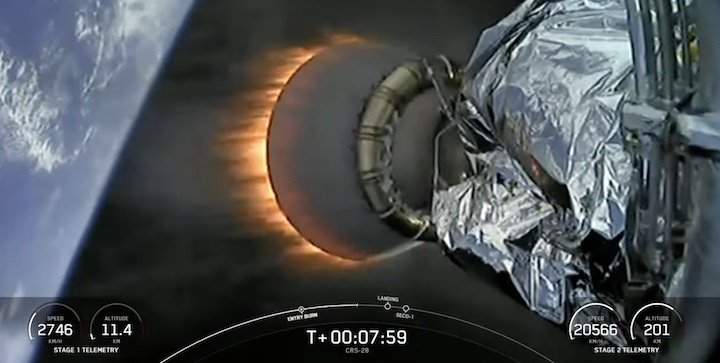
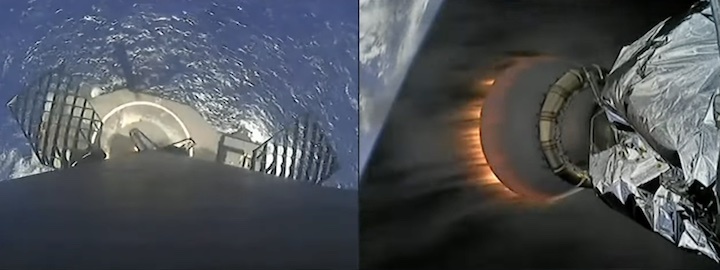
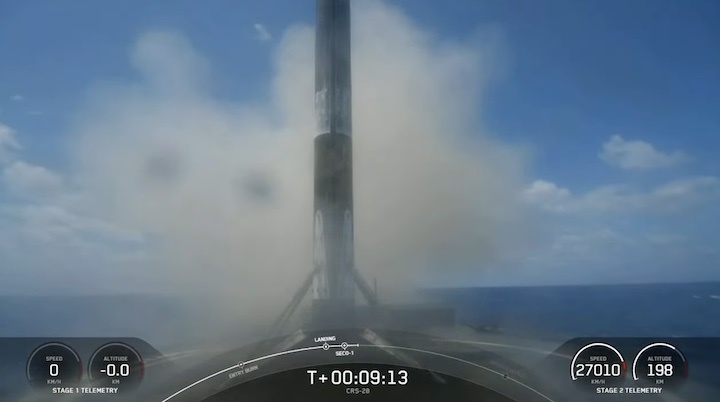
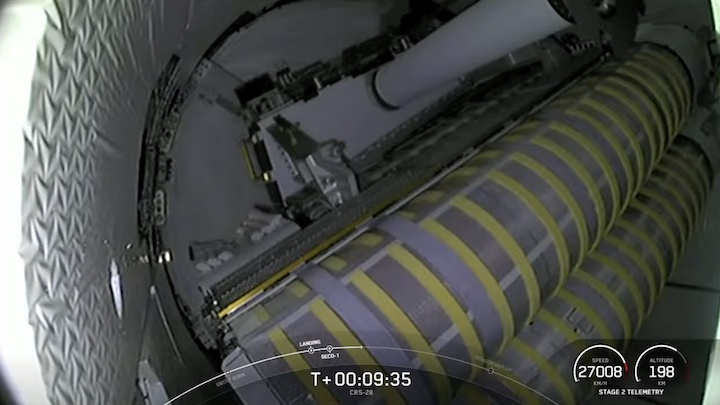
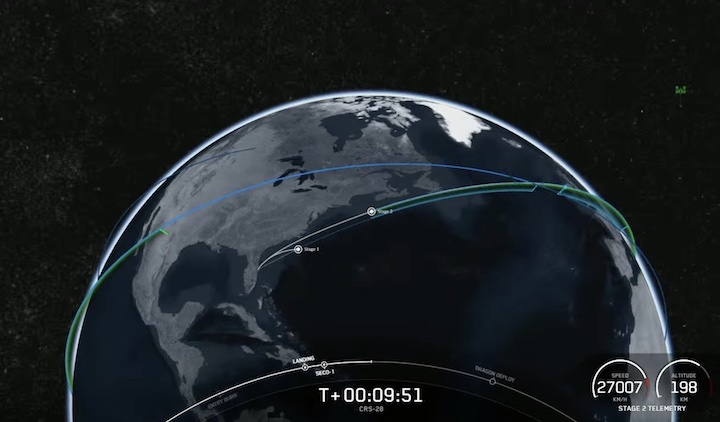
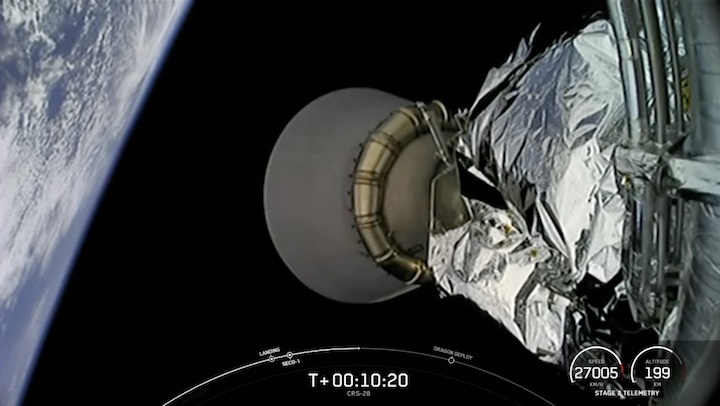
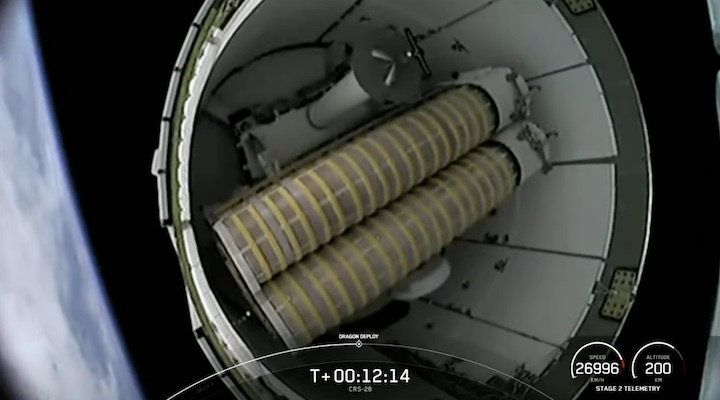
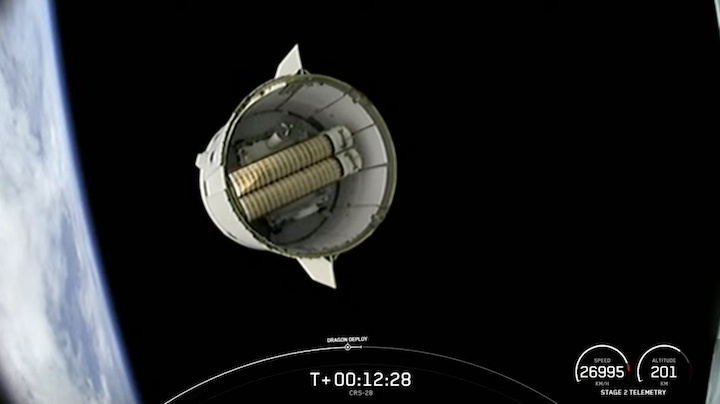
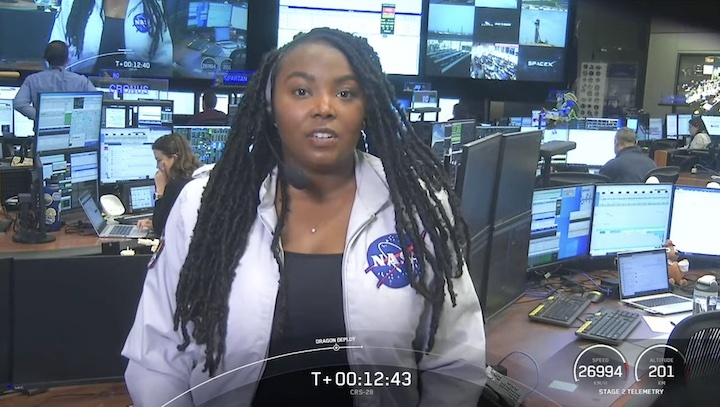
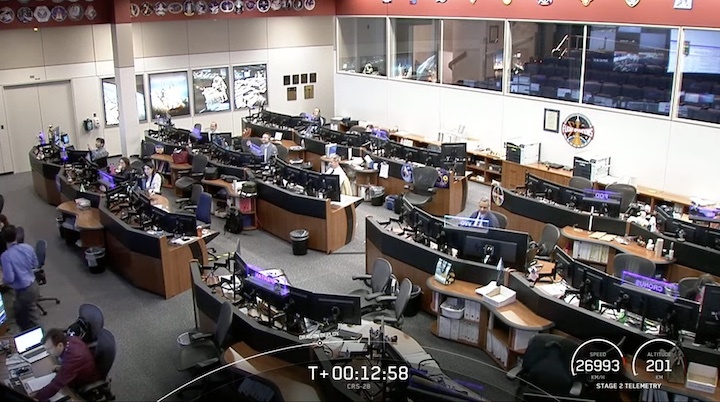
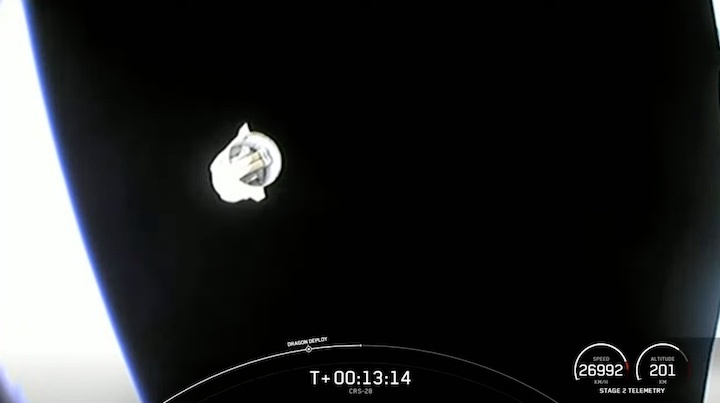
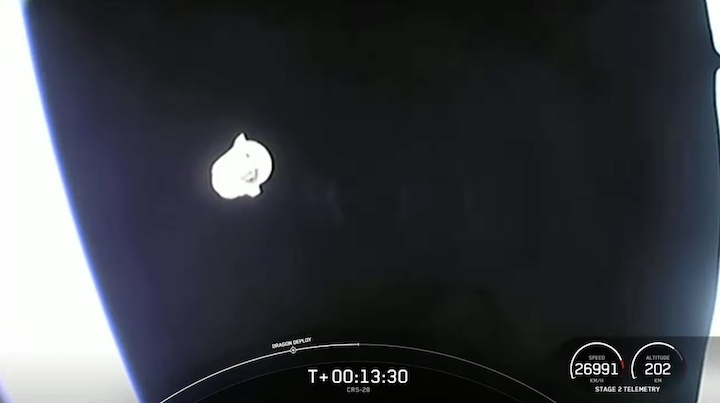
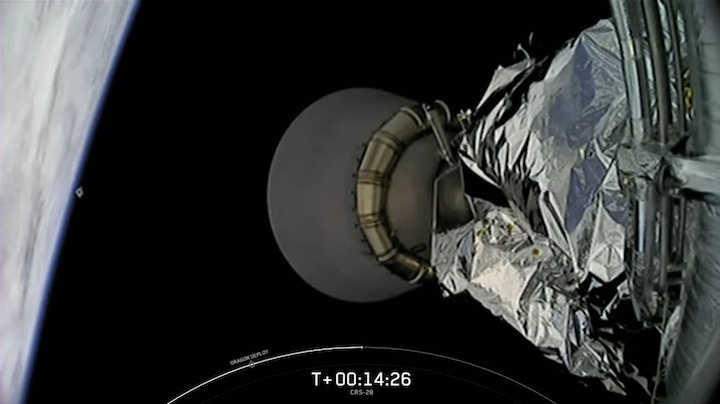
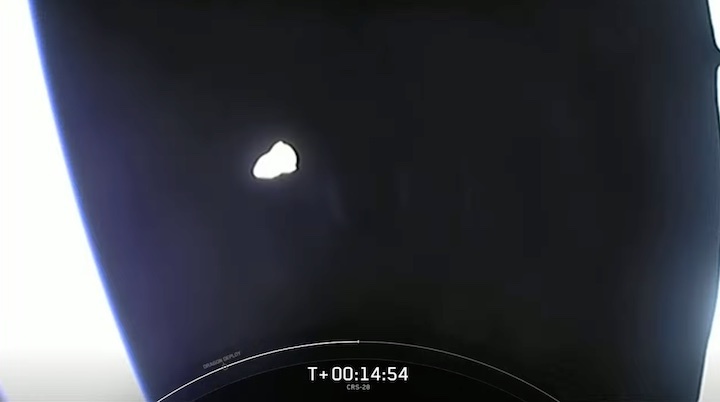
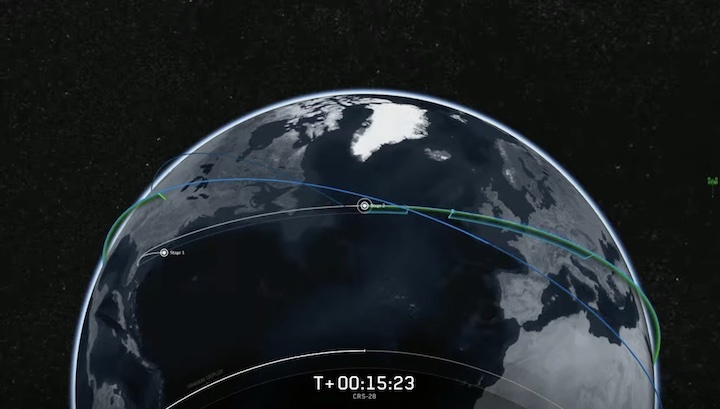
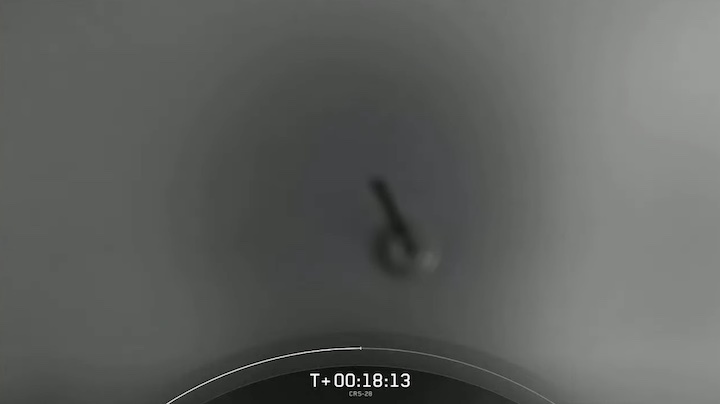
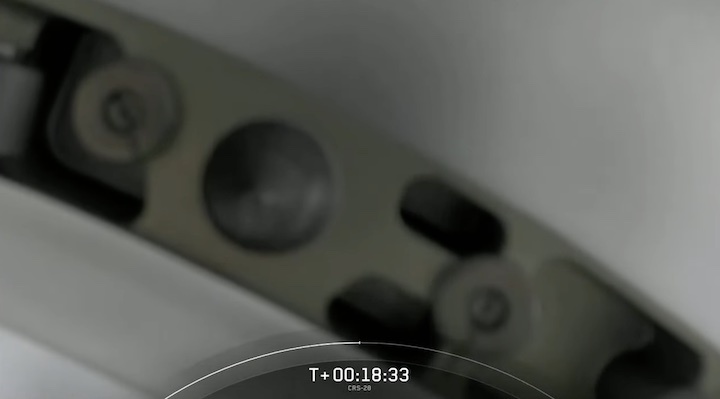
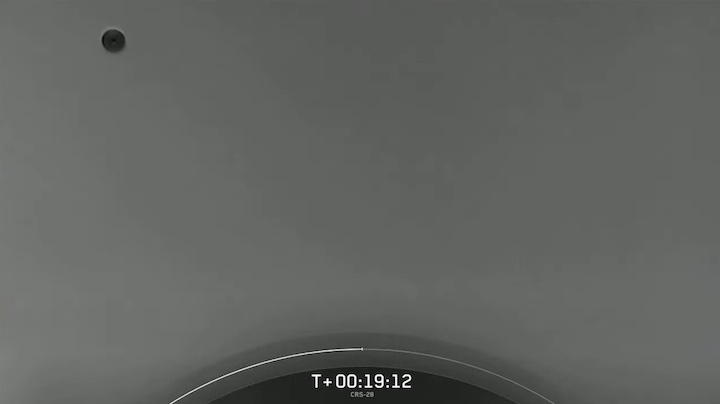
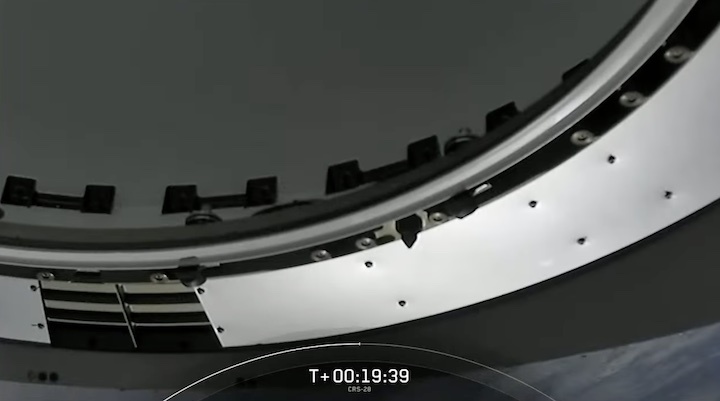
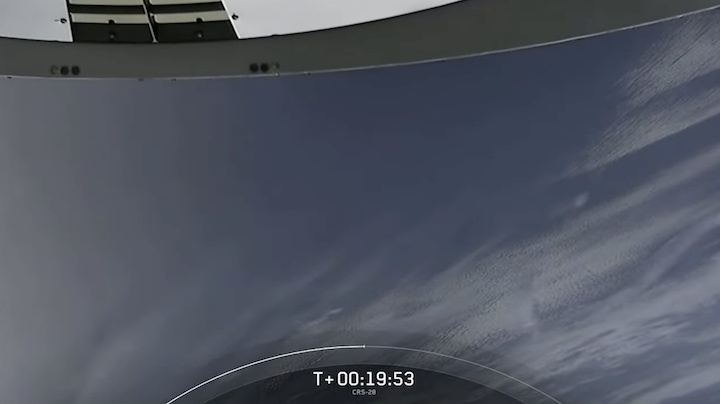
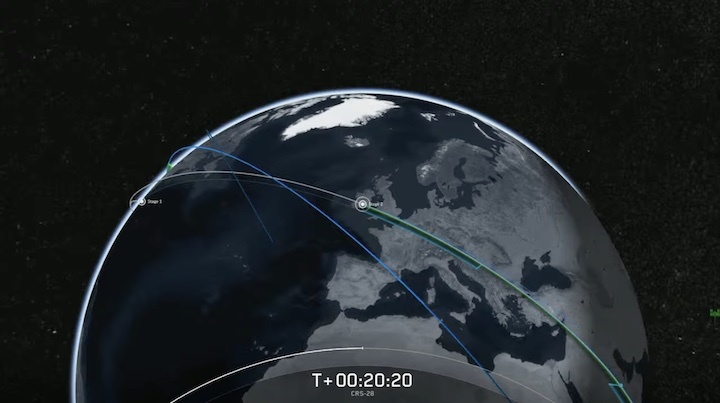
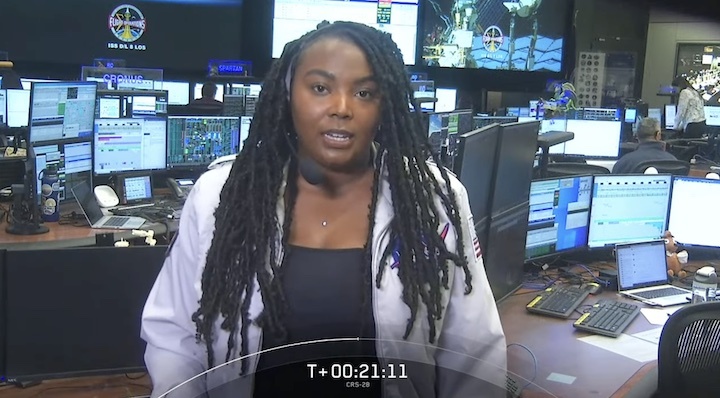
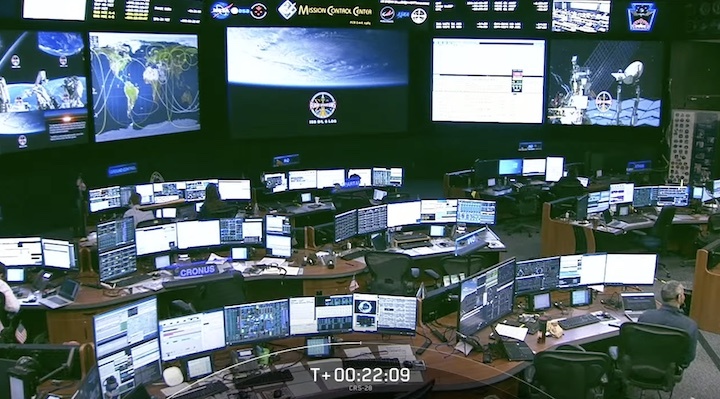
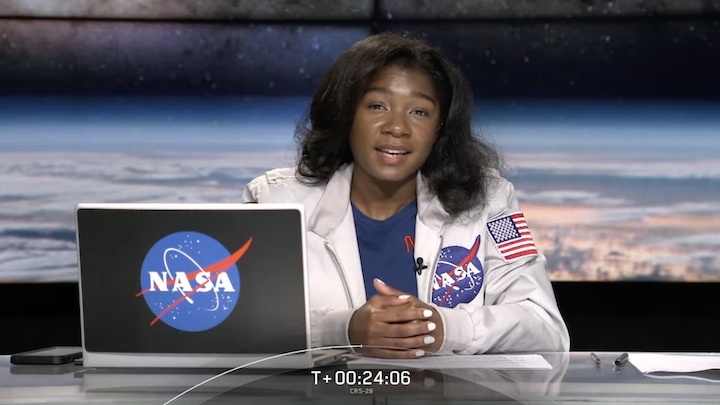
Quelle: SpaceX
